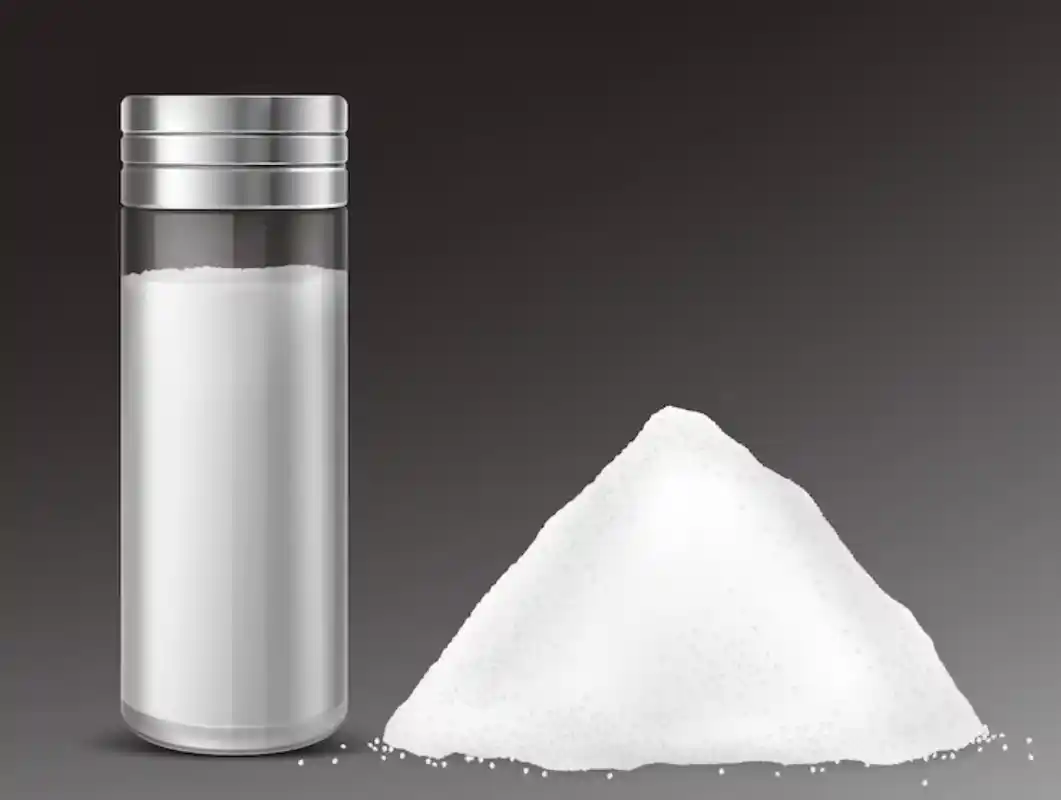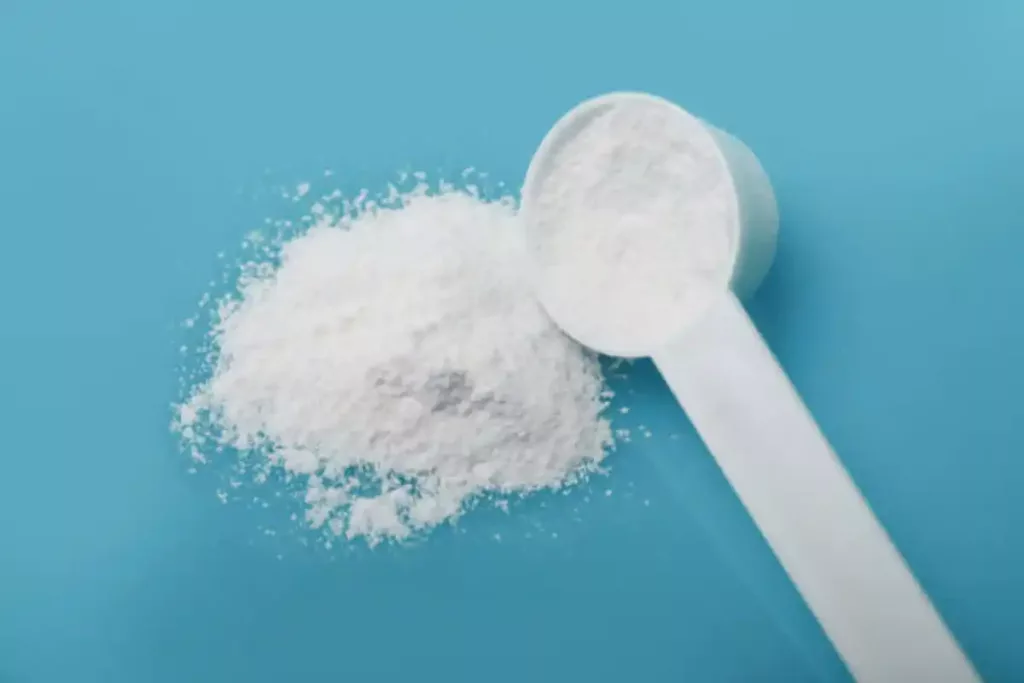What Are the Health Risks of Using Talcum Powder?

Health Risks of Using Talcum Powder: What You Need to Know
Talcum powder, a staple in many households for generations, has long been valued for its moisture-absorbing and friction-reducing properties. Commonly found in baby powders, personal hygiene products, cosmetics, and even some industrial applications, it is often used to keep the skin dry, fresh, and comfortable. However, in recent years, mounting concerns about the safety of talcum powder have come to light, especially due to its possible links to serious health conditions like ovarian cancer and respiratory illnesses. This article delves into the origins and uses of talcum powder, highlights the potential health risks associated with its use, reviews the scientific evidence behind these concerns, and explores safer alternatives that consumers can consider.Ready to connect with top legal professionals? Get immediate support— Call us at 877-550-8911.
What Is Talcum Powder?
Talcum powder is derived from talc, a naturally occurring mineral primarily composed of magnesium, silicon, and oxygen. When ground into a fine powder, talc becomes highly effective at absorbing moisture, reducing friction, and preventing skin irritation, making it a popular ingredient in a range of consumer products.Common Uses of Talcum Powder Include:
- Baby powder: Helps prevent diaper rash by keeping a baby’s skin dry.
- Body powder: Used for personal hygiene to reduce chafing and perspiration.
- Cosmetic products: Found in items like face powders, eyeshadow, and blush to improve texture and oil control.
- Industrial uses: Used in manufacturing plastics, ceramics, rubber, and paint as a filler or lubricant.
Health Risks Associated with Talcum Powder
1. Potential Link to Ovarian Cancer
Perhaps the most widely discussed and researched concern related to talcum powder is its association with ovarian cancer. For decades, many women used talcum powder in the genital area, under the belief that it would maintain dryness and prevent odors. However, multiple studies have raised alarms about a potential connection between this practice and an increased risk of ovarian cancer. The theory is that talc particles, when applied to the genital area, can travel through the vagina, uterus, and fallopian tubes, eventually reaching the ovaries. Once there, these particles may cause inflammation, which could contribute to the development of cancer cells. According to the American Cancer Society, some studies suggest that long-term talc use in the genital area may increase ovarian cancer risk by approximately 20-30%. This potential link has been at the heart of numerous high-profile lawsuits. In one significant case from 2020, Johnson & Johnson faced billions of dollars in legal settlements after juries found that the company failed to adequately warn consumers about these risks. While research is ongoing and not all studies show a definitive link, the growing body of evidence has led many medical professionals to advise caution, especially for regular or long-term users.2. Respiratory Issues from Inhalation
Another serious concern is the risk of respiratory problems caused by inhaling talcum powder. This is especially dangerous for babies and individuals with preexisting lung conditions, such as asthma. Because talcum powder consists of extremely fine particles, it can easily become airborne during application and be inhaled into the lungs. Respiratory risks include:- Talcosis: A rare lung condition resulting from long-term inhalation of talc, similar to silicosis.
- Chronic coughing and wheezing
- Shortness of breath
- Lung inflammation or scarring in more severe cases
3. Skin Irritation and Allergic Reactions
While talcum powder is marketed as a skin-soothing product, it can sometimes have the opposite effect, particularly for individuals with sensitive or allergy-prone skin. Some users report experiencing rashes, itching, or allergic reactions after applying talc-based products. In addition, talc can clog pores, potentially leading to acne breakouts or other skin irritations. Those who are prone to skin sensitivity are advised to perform a patch test before regular use or, better yet, switch to gentler alternatives.4. Risk of Asbestos Contamination
Perhaps the most alarming issue surrounding talcum powder is the risk of asbestos contamination. Talc and asbestos are minerals that often occur nearby in the earth. Without careful processing and rigorous testing, talc can be contaminated with asbestos fibers, which are known to cause serious diseases such as mesothelioma, a rare and aggressive form of cancer that affects the lining of the lungs or abdomen. Although cosmetic-grade talc is supposed to be asbestos-free, investigations by regulatory agencies and independent labs have occasionally found asbestos traces in consumer talc products. This has sparked concern and prompted recalls of certain talc-containing products over the past few years.Safer Alternatives to Talcum Powder
Given the potential health risks, many consumers have begun exploring natural and safer alternatives to talcum powder. These options typically do not pose the same risks associated with talc or asbestos contamination. Some of the most recommended talc-free alternatives include:- Cornstarch: A natural starch derived from corn, it effectively absorbs moisture and is widely used in baby powders and deodorants.
- Arrowroot Powder: Another plant-based powder that is gentle on sensitive skin and ideal for preventing chafing and irritation.
- Baking Soda: Known for its odor-neutralizing properties, baking soda can also absorb moisture, though a patch test is recommended to avoid irritation.
- Oat Flour: Known for its soothing properties, oat flour helps relieve skin irritation and offers mild moisture absorption.
- Rice Powder: Lightweight and oil-absorbing, rice powder is often used in facial cosmetics as a natural alternative to talc.
 Legal and Regulatory Developments
Legal and Regulatory Developments
The health concerns surrounding talcum powder have not gone unnoticed. Over the years, numerous lawsuits and regulatory actions have been initiated against manufacturers of talc-based products.
Key developments include:
- Johnson & Johnson Lawsuits: The company has faced thousands of lawsuits from women who claim their use of talcum powder contributed to their ovarian cancer or mesothelioma. In response, Johnson & Johnson announced it would stop selling talc-based baby powder in several countries and transitioned to a cornstarch-based formula.
- FDA Investigations: The U.S. Food and Drug Administration (FDA) has conducted investigations into the safety of talc products, including testing for asbestos contamination. In some cases, their findings have prompted voluntary recalls by manufacturers.
- Calls for Stricter Regulation: Public pressure and scientific research have led to increasing demands for more comprehensive testing and regulation of talc products to ensure consumer safety.
FAQs
1. Is talcum powder safe for babies? No, medical professionals, especially pediatricians, advise against using talcum powder on infants. The fine particles can be easily inhaled, posing a serious risk to their developing lungs. Cornstarch-based alternatives are a much safer option. 2. Can talcum powder cause cancer? Some scientific studies have found a potential link between the genital use of talcum powder and ovarian cancer. While the research is ongoing, many health organizations recommend limiting or avoiding use in that area. 3. What are the symptoms of talc inhalation? Common symptoms include coughing, wheezing, shortness of breath, and in severe cases, lung inflammation or chronic lung damage. 4. Are all talcum powders contaminated with asbestos? Not all talc products contain asbestos, but contamination is possible due to the proximity of talc and asbestos in natural deposits. Choosing talc-free products is a safer approach. 5. What is the best alternative to talcum powder? Cornstarch-based powders are generally regarded as the safest and most effective alternative. Other natural options like arrowroot powder and oat flour are also excellent choices.Don’t wait to secure the legal representation you deserve. Visit Legal Case Review today for free quotes and tailored guidance, or call 877-550-8911 for immediate assistance.


